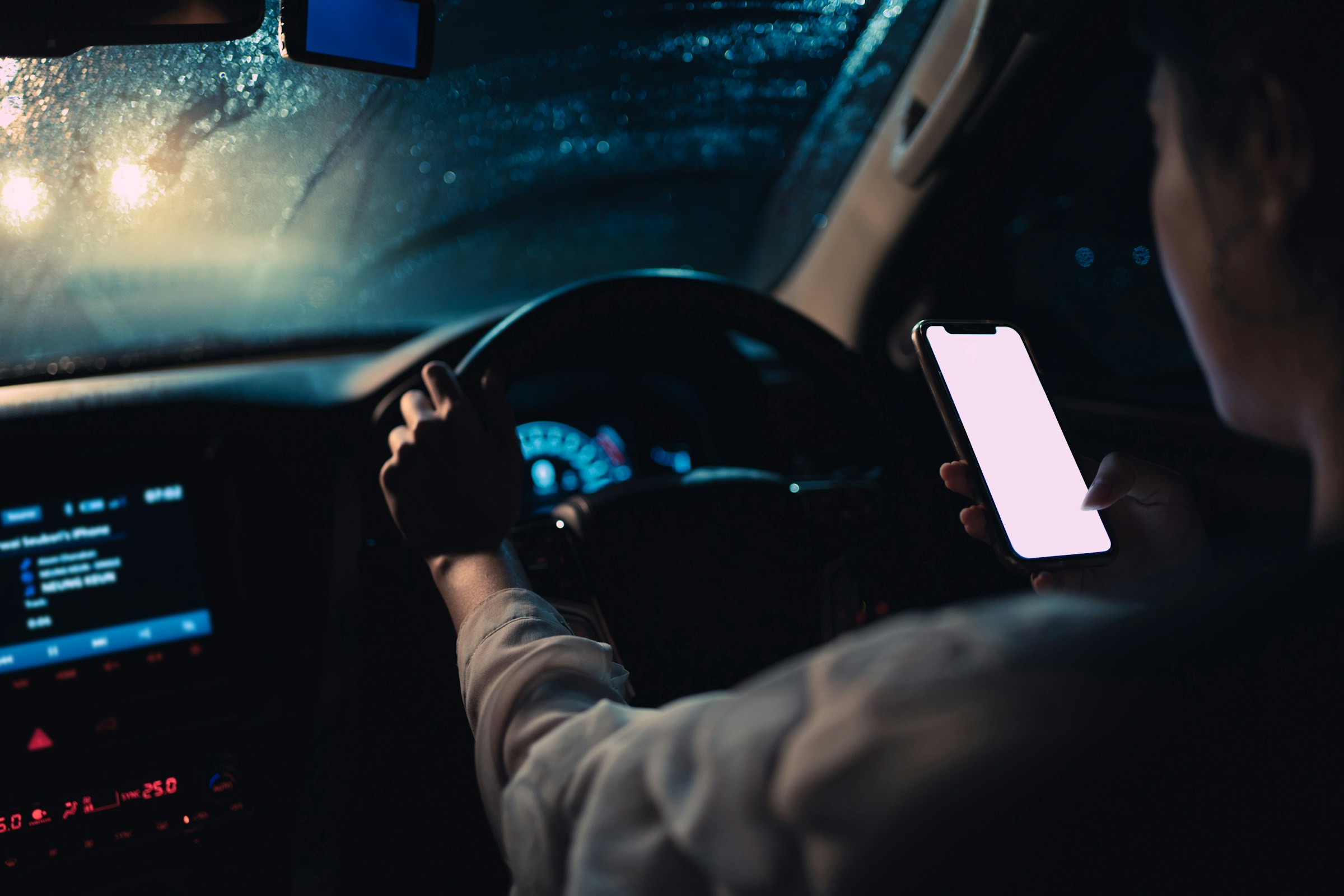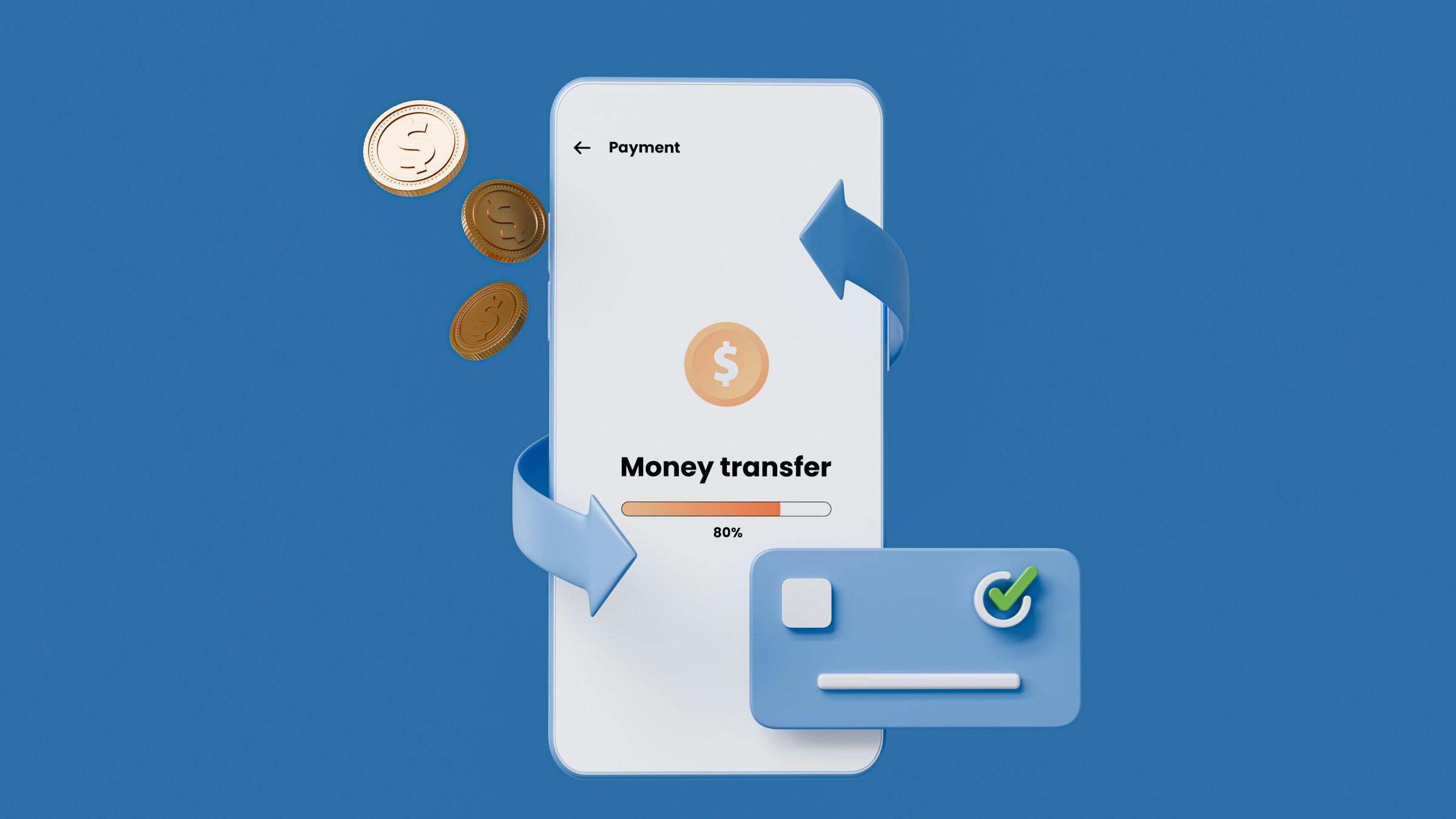The first solo drive is more than a logistical convenience. It is a quiet referendum on trust, attention, and how a family shares power. A new driver closes the door, the engine settles into a steady hum, and a parent is left in a house that suddenly feels too still. Somewhere on a familiar road, a teenager who still forgets to load the dishwasher is negotiating lanes, mirrors, and judgment calls that arrive without warning. The question that fills the room is simple and heavy at the same time. How closely should we monitor teen drivers, and what kind of watching actually helps them grow into safe and confident adults.
Technology offers an easy answer that feels like certainty. Location sharing draws a neat line on a map. Telematics turn acceleration, braking, and cornering into a score. Dash cams promise a replay of everything from near misses to perfect merges. Insurance discounts nudge families to install devices that quantify risk in real time. The stack keeps growing, and with it the idea that safety can be summoned by data alone. For parents, numbers feel like a seatbelt for the heart. For teens, numbers can feel like surveillance that lingers long after the trip is over. Trust begins to look like a login page, and privacy shrinks to the size of a pop up alert.
Yet driving is not only a technical act. It is a social performance, a modest ritual, and in many homes the first real taste of unsupervised freedom. A coffee run becomes a victory lap after months of lessons. A late evening drive with the windows cracked makes a song sound like a promise. School parking lots host informal debriefs where friends swap stories about tight turns and stalling at lights. These small moments teach rhythm, judgment, and restraint in ways that dashboards cannot measure. When monitoring grows loud, the rituals that teach maturity can start to feel supervised, even in the absence of an adult.
The public conversation around teen driving tends to center on danger. There is good reason for that. Cars are heavy, roads are fast, distractions are everywhere, and adolescent brains are still learning to weigh novelty against risk. What often goes unsaid is that most teen miles are intentionally boring. They loop through neighborhoods, glide out of stadium exits after practice, and run to grocery stores where lane discipline becomes second nature. Safety grows in this soil of repetition. If every routine mile triggers an alert, ordinary practice becomes an event, and the background hum where skill hardens into habit is harder to find.
Families already negotiate boundaries around visibility in other parts of life. Phones have been unlocked at dinner tables during middle school. Social accounts are private but shared with an aunt who is really a second set of eyes. Curfews flex when trust holds, and snap back when it does not. Driving is different only because the consequences can scale in seconds. Even so, the same principle applies. Oversight works best when it sounds like a conversation rather than a courtroom, and when rules are tuned to the person, not only to the risk category.
This is where temperament matters. One teenager treats the road like a checklist, double checks the seatbelt, and prefers to leave early. Another thrives on spontaneity and hates being timed. Identical rules land differently on each of them. A period of telematics might be a useful scaffold for the cautious driver who enjoys feedback. The same tool might feel suffocating to the restless one, inviting a performance of safety rather than the feeling of it. The car exposes personality. Monitoring exposes family style. Alignment between the two is where progress lives.
The tension between proof and preparation sits at the center of the question. Data tries to prove safety after the fact. Preparation builds it before the key turns. A teen who knows the blind curve near the stadium, the way rain hides oil on the first minutes of a storm, and the patience required at a busy roundabout will carry those lessons into any car. A geofence alert can still be useful, but it becomes a backup rather than the main plan. Stories do more work than scores here. The comment that says I learned to avoid that left turn at sunset because the glare erases the oncoming lane teaches a kind of local literacy that an app cannot supply.
Peers are another strong force. The friend in the right front seat who says turn down the music on this stretch of road can have more influence than any notification. A group chat that teases anyone who texts while driving can change behavior faster than a spreadsheet of metrics. Parents monitor maps. Friends witness moments. Since the social fabric often does the heavy lifting, the smartest monitoring plan is one that encourages teens to choose co pilots who make safety feel normal rather than uncool.
Local knowledge matters as much as general rules. Every town hides a few traps. A hill that invites speed on the way down. A slip lane that confuses new drivers. A narrow bridge that requires patience when a bus approaches. When teens learn the geography of risk through stories and practice, they develop radar that travels with them. This is monitoring of a different kind. It looks like context rather than control. It says notice how the shadows on this road at dusk can hide cyclists. It asks where would you pull over if you had a flat here. It builds a map inside the mind that no tracker can draw.
So how close is close enough. One approach is to treat technology as a scaffold with an expiration date. A family might use telematics for the first six months, review only the biggest trends rather than every sharp brake, and taper the oversight as routines stabilize. Another family might keep only location sharing, used mostly to shorten check ins and to make rescue easier if a call comes through at an odd hour. What matters is not uniformity but intention. The tool serves the plan. The plan serves the relationship. The relationship serves the goal, which is a safe return and a driver who carries good judgment without being watched.
Tone is the invisible setting that changes everything. If tracking reads like suspicion, each beep becomes a small argument waiting to happen. If tracking reads like care, it fades into the background like a seatbelt does. Teens hear the difference. They also watch what happens after a mistake. A calm debrief that treats a near miss as a lesson teaches more than a replay session that feels like a trial. Everyone remembers the conversation where someone said that was scary and here is how to avoid the same pattern next time. That memory keeps working at the next intersection.
There is a milestone that families sometimes miss because it arrives without fanfare. It is the first unprompted text that says I am running late. It is the photo from a safe drop off point sent without being asked. It is the call that says the roads are flooded on the usual route so I am taking the long way home. These signals show that internal monitoring has turned on. When signs like these appear, the dashboard can step back a little. Independence begins to carry its own feedback loop, which is the entire point of learning to drive.
We live in a world that records us by default. Cars record. Cities record. Phones record most of all. The choice left to families is how to preserve enough privacy that responsibility has room to grow. A monitored drive can still feel like freedom if the reason for watching is care and if care leaves space for silence. Perfection is not the goal. Consistency is. The blue dot on the screen will keep moving no matter what. What matters is the person behind it, and the trust that allows them to go a little farther tomorrow. Monitor enough to help the skill stick. Hold back enough to let the story belong to them. In that balance, safety and confidence learn to share the same road.




.jpg&w=3840&q=75)




.jpg&w=3840&q=75)


.jpg&w=3840&q=75)


